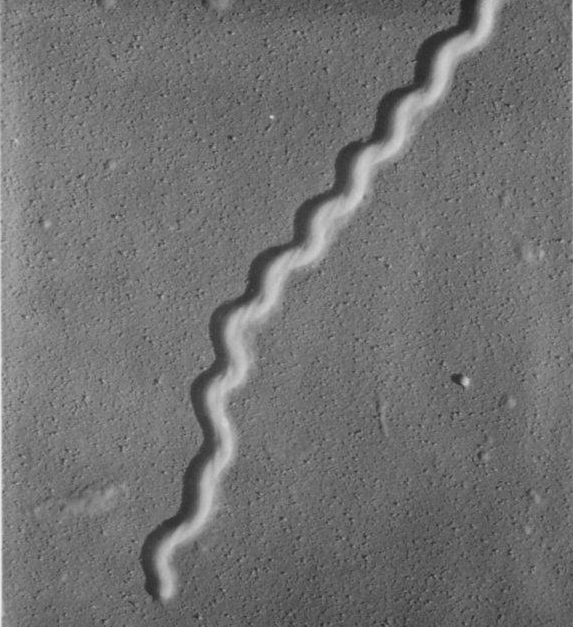Veronica Barragan took her academic studies as far as they could go in Ecuador while studying a disease that found the limits of her home country’s technology. Now she’s located at the cutting edge of pathogen research, earning a Ph.D. while advancing knowledge of leptospirosis.
“We are at the point that we cannot do more with the technology that we have in Ecuador,” said Barragan, who had studied leptospirosis for more than six years at the Universidad San Francisco de Quito. Because there are no Ph.D. programs in Ecuador, Barragan has come to the United States to earn hers in biology, supported by a tuition scholarship from her government.
The presence of Barragan at the Center for Microbial Genetics and Genomics at Northern Arizona University deepens a growing connection between the two countries in the study of “lepto,” which is prevalent in South America.
At MGGen, Barragan will work under the guidance of assistant research professor Talima Pearson.
“We’re always looking for pathogens where we think there might be a human health impact,” Pearson said, noting MGGen’s cutting-edge work with anthrax, tularemia and plague. “By working on a wide variety of pathogens, we can begin to understand how pathogens interact with humans and the environment.”
That interaction is precisely the focus of a research project funded by a $435,583 grant from the National Institute of Allergy and Infectious Diseases. The overall goal, Pearson said, is to link leptospira species in the environment to human cases so that researchers can understand how people are getting infected and identify the most significant risk factors.
“We know that people have been getting the disease from contact with water,” Pearson said. “But there doesn’t always seem to be a clear rhyme or reason as to why people are getting sick.”
Leptospirosis generates a range of symptoms, from fever to severe diarrhea, which often leads to misdiagnosis. While research for this project is focused on Ecuador, leptospirosis does occur in the United States, particularly Hawaii and Florida, and in one high-profile example, multiple cases even arose in Minnesota after a triathlon.
“Lepto is seen as an emerging disease in this country, especially with global warming and population growth, which is usually associated with sanitation problems,” Pearson said.
The plan for the current project is to sample from rivers in Ecuador, then try to correlate species of leptospira with aquatic factors such as pH, turbidity and flow, as well as weather patterns and interactions with other species of bacteria in the water. Pearson said MGGen will collect and genotype clinical samples—from people with the disease—and samples from slaughterhouses and from rats.
Barragan, who will perform much of the lab work, said the research will shed light on some of the “new thinking” about leptospirosis: that while the principal source may be animal urine, the role of environmental factors might lead to the ability to “predict when there will be a risk of leptospirosis in rivers at certain times of the year.”



